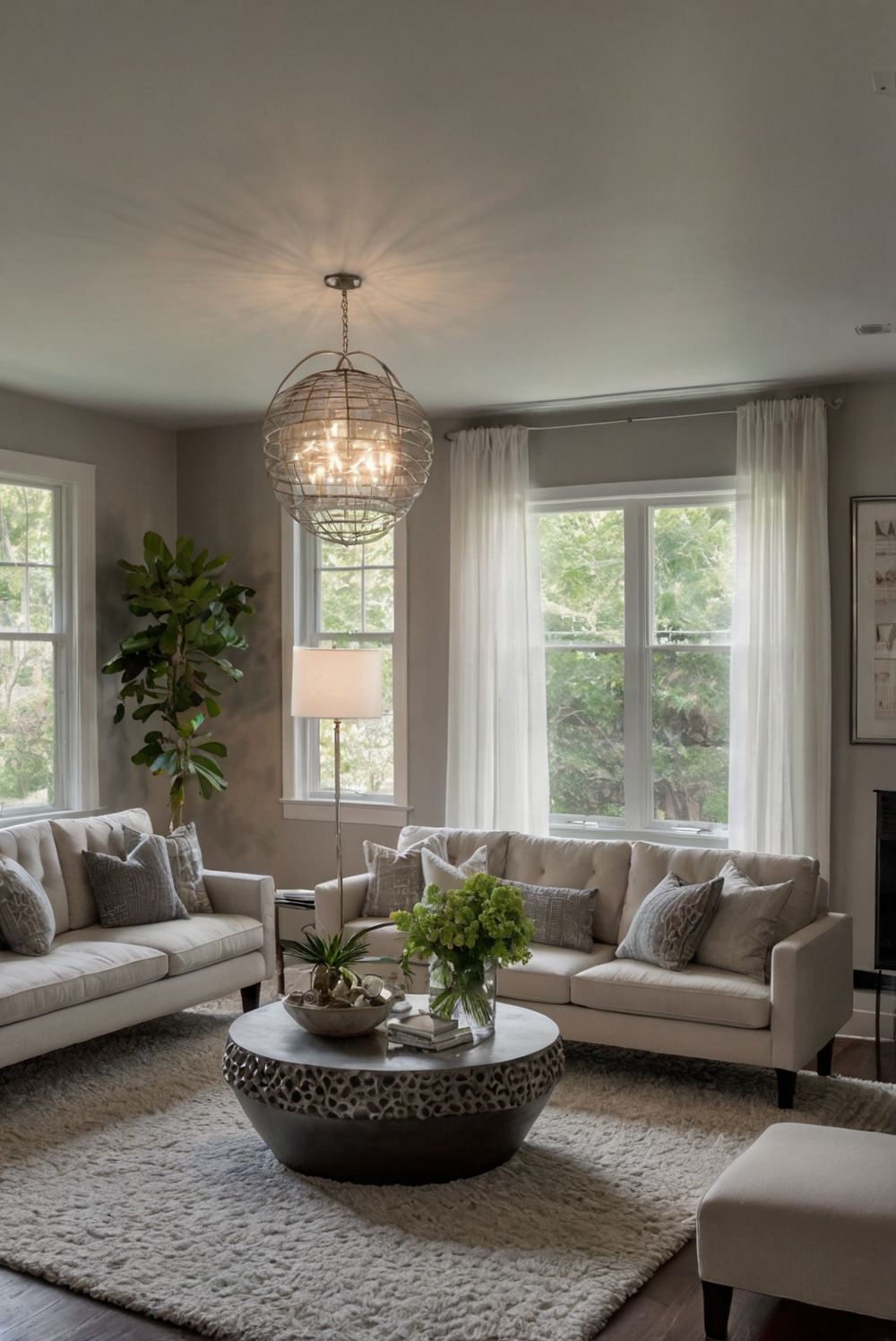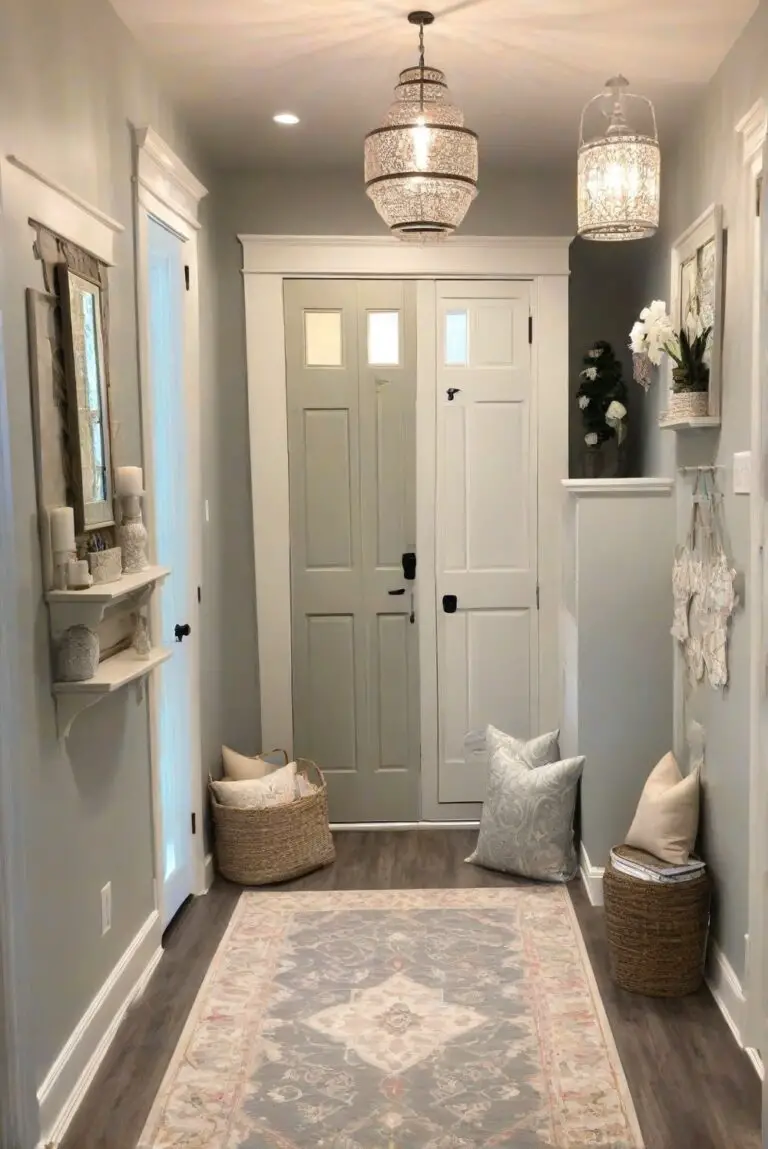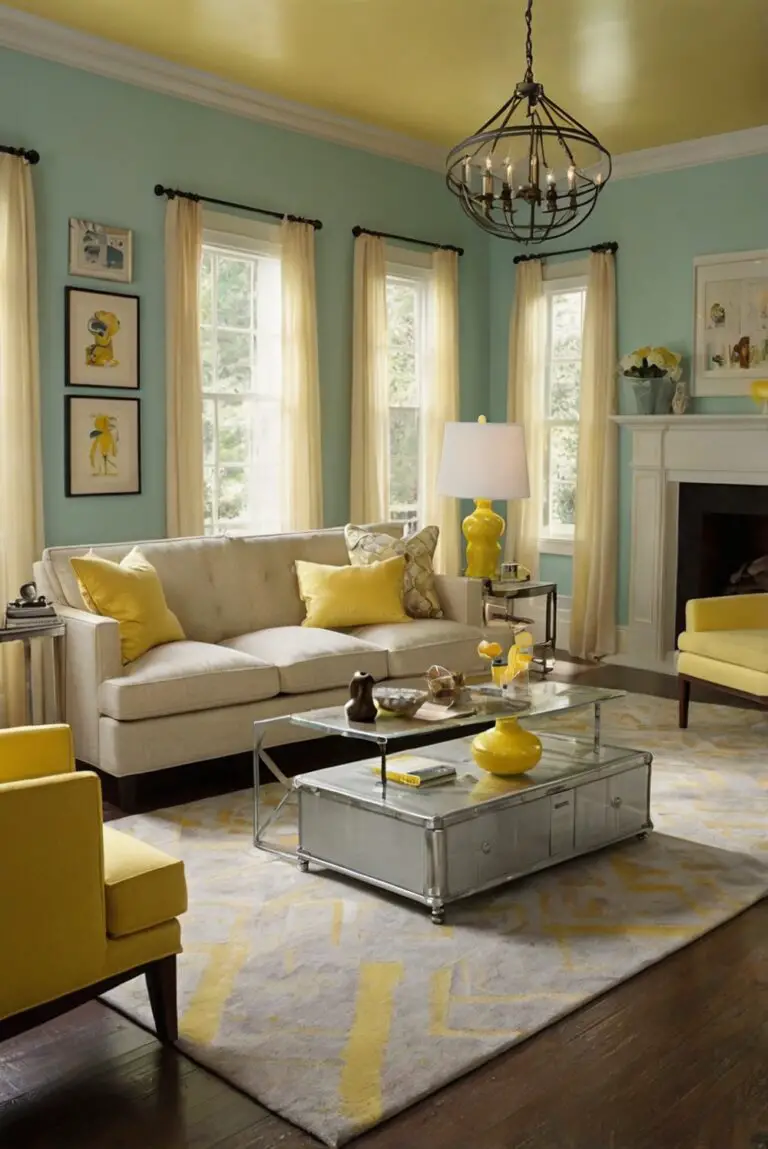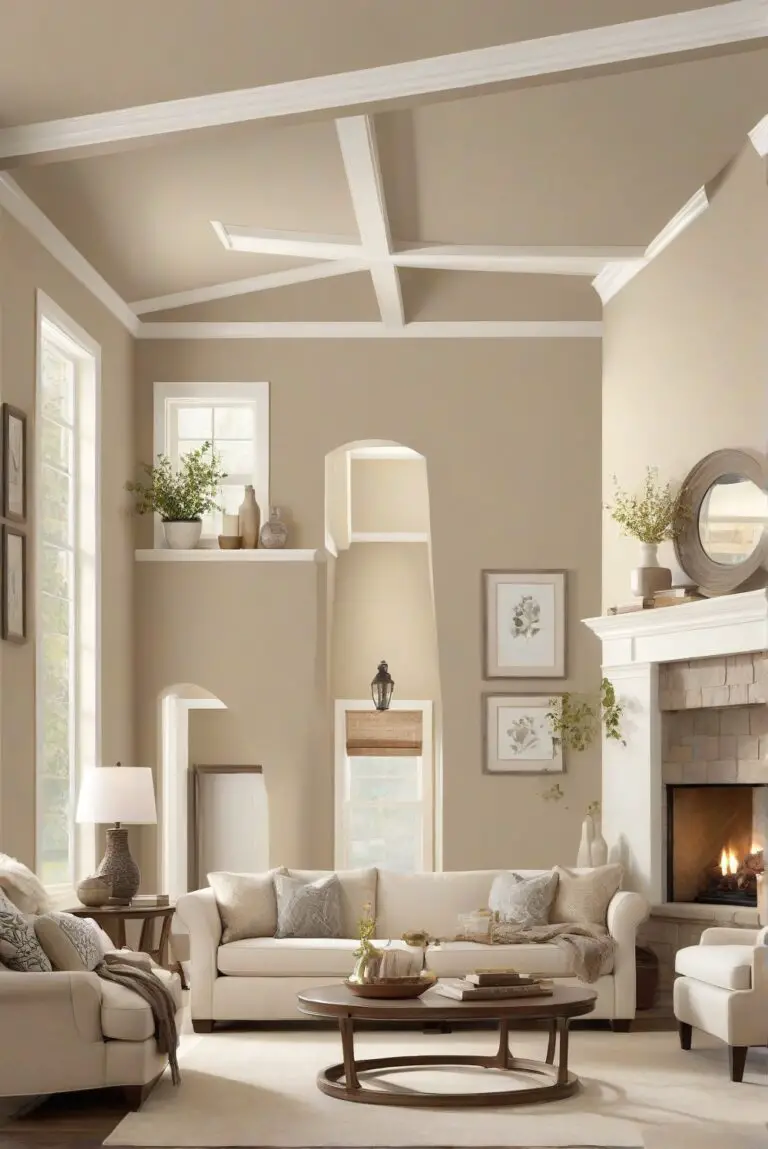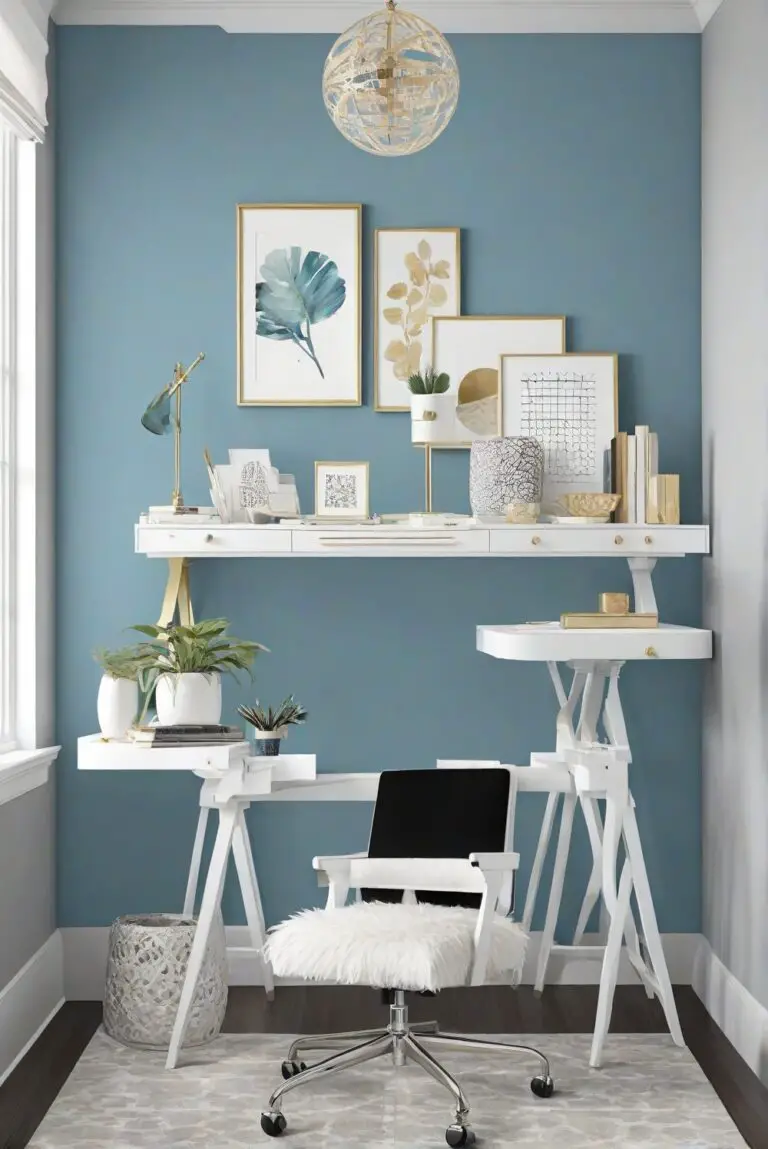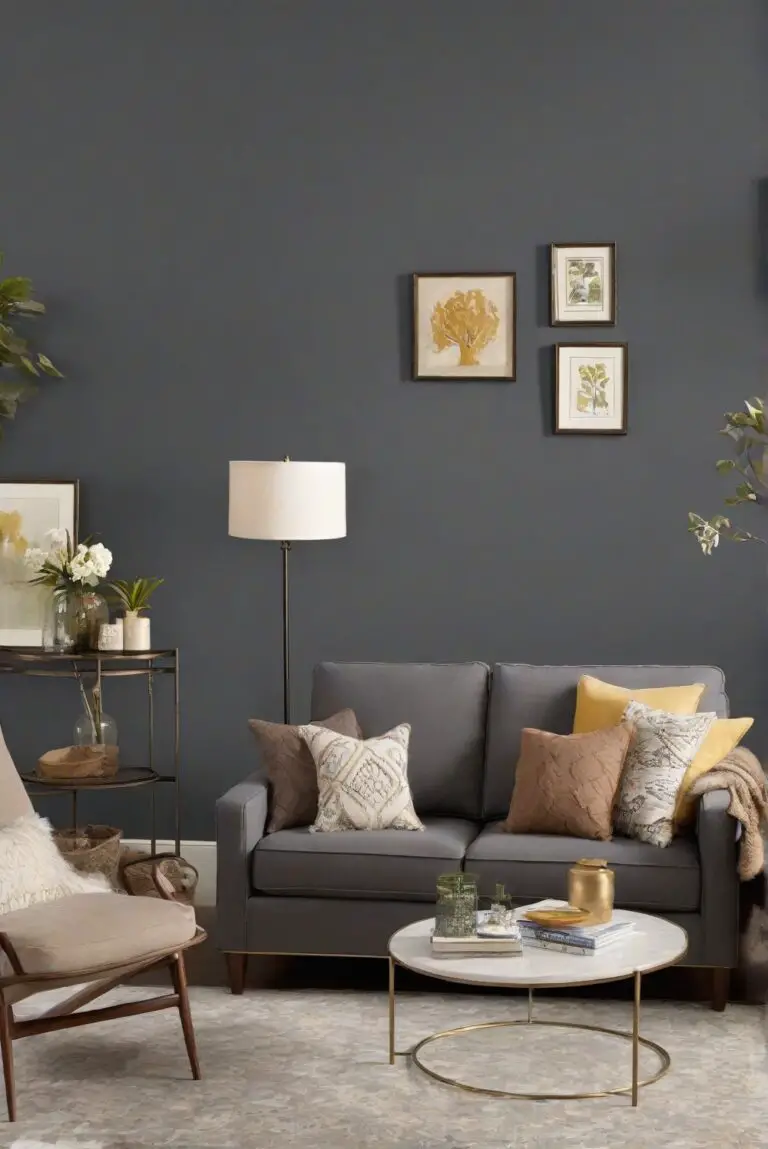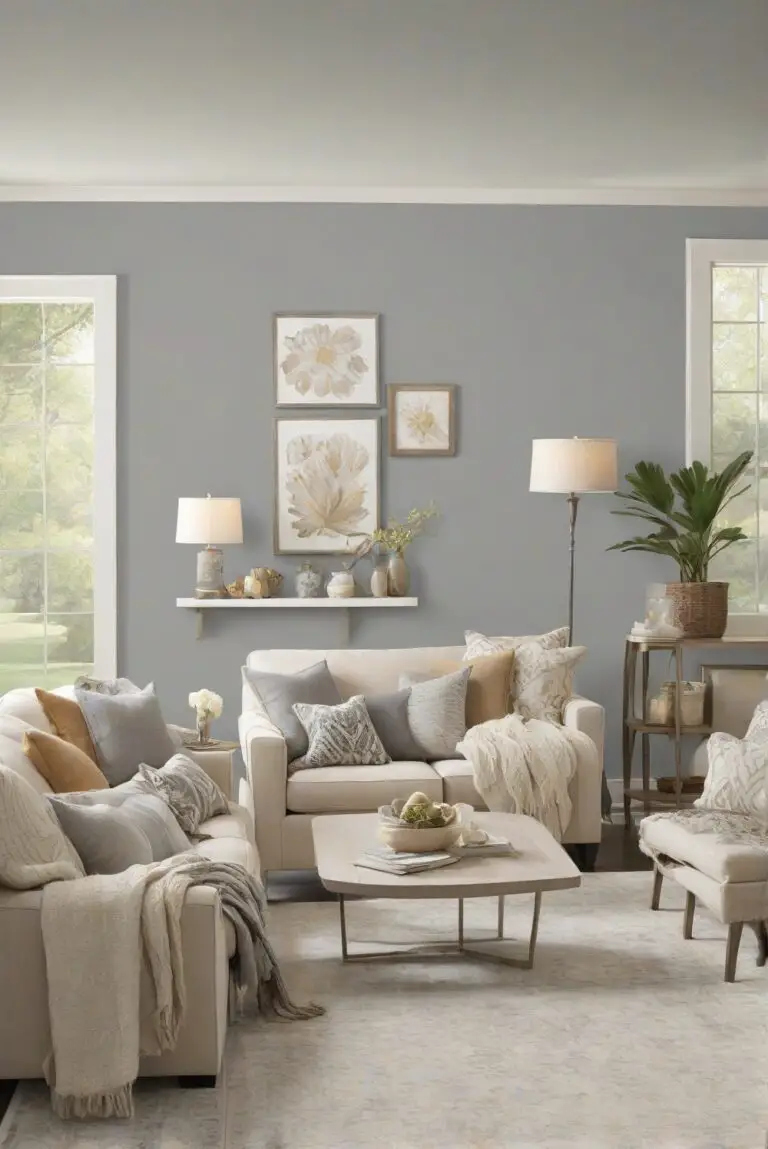Explore how color psychology can transform your living room decor. Discover tips and tricks to enhance your mood with the right color scheme.
### What are some tips for using color psychology to enhance mood in your living room?
**Answer:**
Choosing the right colors can have a significant impact on the mood and ambiance of your living room. To enhance the mood using color psychology in home decorating, consider the following tips:
1. **Select a Color Palette**: Start by choosing a color palette that reflects the atmosphere you want to create. Warm colors like red and orange can add energy, while cool colors like blue and green promote relaxation.
2. **Layer Different Hues**: Mix and match different shades of the same color to add depth and interest to the space. You can use lighter tones for walls and darker tones for accents.
3. **Consider the Room’s Function**: Keep in mind the purpose of the living room when selecting colors. For a cozy reading nook, opt for calming blues and greens, while vibrant yellows and oranges can be ideal for a lively entertainment area.
4. **Balance Bold Colors**: If you want to incorporate bold colors, use them strategically as accents rather than overwhelming the entire space. This can create a focal point and prevent the room from feeling too busy.
By following these color psychology tips, you can create a harmonious and mood-enhancing living room that suits your style and preferences.
—
Opt for soothing shades of blue or green to create a calming atmosphere in your living room.
When selecting colors for your living room, opt for calming shades of blue or green to promote a serene and tranquil environment. These colors are known for their relaxing properties and can help reduce stress and anxiety. Blue is often associated with calmness and stability, while green symbolizes nature and harmony. By incorporating these colors into your living room decor, you can create a soothing atmosphere that is perfect for unwinding after a long day.
Consider using warm tones like yellow or orange to promote a cozy and welcoming feel in the space.
To create a cozy and inviting atmosphere in your living room, consider using warm tones like yellow or orange. These colors evoke feelings of warmth and comfort, making your space feel more welcoming and inviting. Yellow is often associated with happiness and positivity, while orange can create a sense of energy and enthusiasm. By incorporating these warm tones into your living room decor, you can make the space feel cozy and inviting for both you and your guests.
Incorporate pops of vibrant colors like red or purple to add energy and excitement to the room.
If you want to inject energy and excitement into your living room, consider incorporating pops of vibrant colors like red or purple. These bold colors can add a sense of drama and flair to your space, creating a dynamic and lively atmosphere. Red is known for its stimulating properties and can increase energy levels, while purple is associated with creativity and luxury. By adding touches of these vibrant colors to your living room decor, you can create a space that feels vibrant and energetic.
Use neutral colors like white, beige, or gray as a base and add accents of brighter colors for balance.
When designing your living room, consider using neutral colors like white, beige, or gray as a base and then adding accents of brighter colors for balance. Neutral colors provide a versatile backdrop that can easily be paired with more vibrant hues. By incorporating neutral tones into your living room decor, you create a sense of balance and harmony in the space. You can then add pops of brighter colors through accessories like pillows, rugs, or artwork to create visual interest and depth.
Use color psychology to match the overall mood you want to create in your living room, whether it’s relaxation, productivity, or socializing.
Color psychology plays a crucial role in setting the mood in your living room. Different colors can evoke various emotions and feelings, so it’s essential to choose colors that match the overall mood you want to create. For a relaxing atmosphere, opt for cool tones like blues and greens. If you want to enhance productivity, consider using energizing colors like yellows and oranges. For a socializing space, vibrant colors like reds and purples can create a lively and engaging environment. By understanding color psychology, you can design a living room that aligns with your desired mood.
Experiment with different color combinations and intensities to find the perfect balance for your space.
Don’t be afraid to experiment with different color combinations and intensities to find the perfect balance for your living room. Mix and match various colors to see how they interact with each other and how they affect the overall mood of the space. You can try complementary color schemes for a harmonious look or contrasting colors for a bold statement. By experimenting with different color combinations, you can discover the perfect balance that reflects your style and personality.
Take into consideration the natural light in your living room and how it may affect the perception of color.
Natural light can significantly impact how colors appear in your living room. Consider the amount of natural light that enters the space and how it may affect the perception of color. Rooms with ample natural light can handle darker or more vibrant colors, while rooms with limited natural light may benefit from lighter shades to prevent a feeling of darkness. Be mindful of the direction of the light and how it plays off different colors to ensure that your living room looks its best throughout the day.
Play with different textures and finishes in the same color to create depth and dimension in the room.
To add depth and dimension to your living room, play with different textures and finishes in the same color palette. Mixing textures like velvet, linen, or leather can add visual interest and tactile appeal to the space. Additionally, combining matte, glossy, and metallic finishes in the same color can create a dynamic look that enhances the overall design. By incorporating a variety of textures and finishes in the same color scheme, you can create a visually rich and layered living room that feels inviting and sophisticated.
Don’t be afraid to mix and match colors to create a unique and personalized space that reflects your personality and style.
When it comes to designing your living room, don’t be afraid to mix and match colors to create a unique and personalized space that reflects your personality and style. Experiment with different color palettes, patterns, and textures to create a space that feels truly your own. Incorporate colors that resonate with you and make you feel comfortable and happy in your living room. By mixing and matching colors in unexpected ways, you can create a one-of-a-kind space that showcases your individuality and creativity.
How can I test different color schemes in my living room to see which one enhances the mood the best?
To test different color schemes in your living room, start by gathering paint samples or swatches of the colors you are considering. Apply these samples to small sections of the wall or create mood boards with fabric swatches, paint chips, and photos of furniture and decor. This allows you to see how the colors interact with each other and how they influence the mood of the space. You can also try using online tools and apps that allow you to visualize different color combinations in a virtual room. By testing various color schemes, you can determine which one enhances the mood you want to create in your living room.
What color combinations work best for creating a sense of tranquility in a living room environment?
For creating a sense of tranquility in your living room, consider using soft, muted colors like pastel blues, greens, and lavenders. These calming hues can help create a peaceful and serene atmosphere that promotes relaxation and well-being. Pairing these colors with natural materials like wood and stone can further enhance the tranquil feel of the space. Avoid using overly bright or bold colors that may be too stimulating and opt for a soothing color palette that evokes a sense of calm and balance.
Can I use color psychology to make a small living room appear larger and more spacious?
Color psychology can indeed be used to make a small living room appear larger and more spacious. Lighter colors like whites, creams, and soft grays can create an illusion of space and openness in a small room. These colors reflect more light, making the room feel brighter and airier. Additionally, using a monochromatic color scheme with varying shades of the same color can help create a cohesive and expansive look. Avoid dark and heavy colors that can make the room feel closed in and opt for light, airy hues to maximize the perceived size of your living room.
Key Takeaways:
– Opt for soothing shades of blue or green to create a calming atmosphere.
– Use warm tones like yellow or orange for a cozy and welcoming feel.
– Incorporate pops of vibrant colors like red or purple for energy and excitement.
– Mix neutral colors with brighter accents for balance.
– Consider the impact of natural light on color perception.
– Experiment with different color combinations to find the right balance.
– Play with textures and finishes to add depth and dimension.
– Don’t be afraid to mix and match colors for a unique space.
– Test color schemes to see which enhances the desired mood.
– Use color psychology to create a sense of tranquility or spaciousness in your living room.

